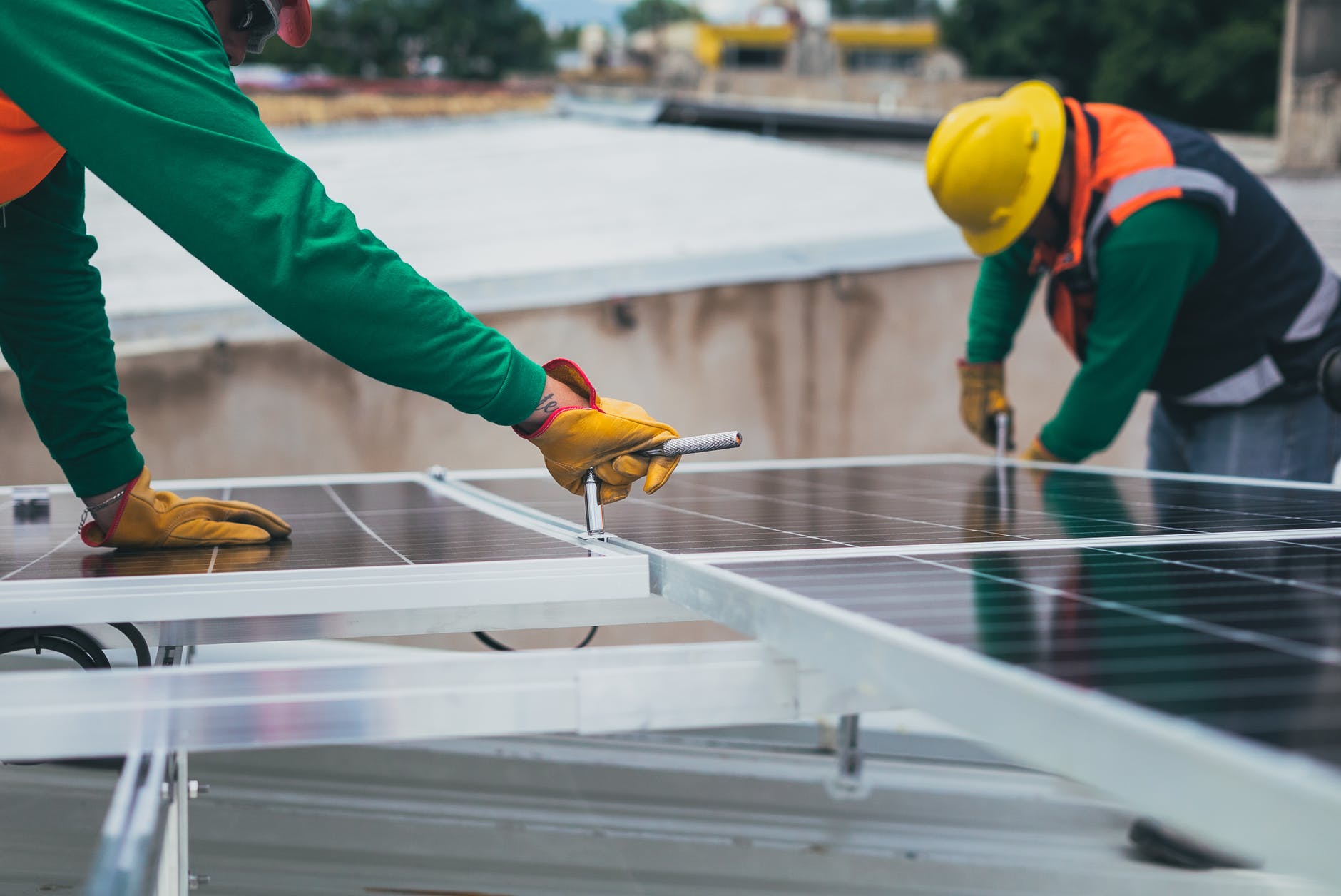Many of us are aware of the benefits of photovoltaic (PV) systems. Some of these include: renewable energy production, reduction in CO2 emissions, independence from the central electricity grid, possibility to export your own generated electricity to the grid and more.
How do we start planning a PV project though? Once we have decided on a location such as Ukraine, finding a suitable site is critical. Let us explore what goes into this procedure.
(a) Determine the size of the PV system
A rule of thumb to keep in mind is that a 1 MW system requires at least 1 hectare (0.01 sq. km). You might need a little more area than this if the panels have a large tilt. Large tilt panels can shade (blocking of sunlight) each other and consequently need to be spaced a little more. Therefore, finding your system size is important.
(b) Utilize maps to help you out
An excellent source for this is Open street maps. You can see many details such as existing power plants, vegetation, and access roads. For example, there could be tall trees in a specific site which will cause a shading effect on your panels. If your project location is Dnipro in Ukraine, define a radius such as 30 km. This way you will concentrate your efforts on a specific region.
Another source is the Imaps portal which gives irradiation, temperature and altitude data for various possible sites in the region. It can also tell us about the topographical aspects. These play a vital role because solar panels installed in a hilly area will receive higher levels of irradiation. Ideally try to locate a land that is reasonably flat and is shaped close to a square. This makes it easier to mount the panels and space them accordingly.
(c) Research the land and permit laws in the country
In many countries it may be difficult to get a permit to build on agricultural land. On the other hand if you choose industrial land you must take into account the other power plants in the region (such as a coal plant). Emissions from such a plant will cause dirt to collect on your panels and greatly reduce the power output.
Another type of land is a so called brown land which is unfit for agriculture and had prior construction work performed on it. This could be suitable for your project depending on where the power plant is being built. Sometimes it may also be impossible to install PV modules near an airport! As there are so many aspects, spending a little time on understanding the laws will really pay off in the long run.
(d) Electrical network
Tesla invented Alternating Current which can be transported over large distances. However, it really helps to have existing substations or power lines near the site that interests you. This ensures that the voltages can be stepped up/down efficiently. A lack of power lines means that we would have to rely on substations that are far away and invest in building new electrical lines. Furthermore, transporting electricity over longer distances also increases your losses. Entsoe is a good source for studying electrical grid networks in the EU.
(e) Use a rating system for your sites
Once you have looked a several sites in your designated region I recommend making a small table. Rate these sites based on factors such as availability of electrical lines, topography, type of land status, proximity to people, environmental conflicts etc. Select the one which scores the highest!
I would like to thank Professor Dr. Höller and my classmates who helped me understand the site selection process.

No responses yet